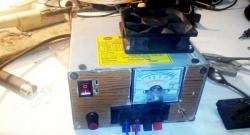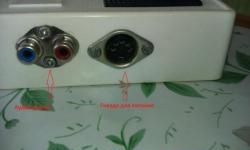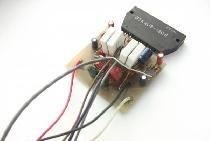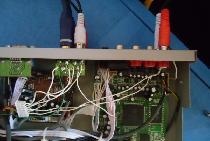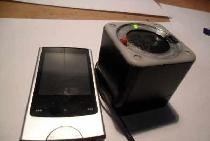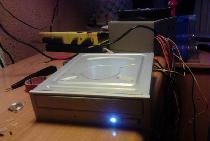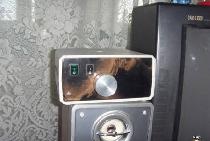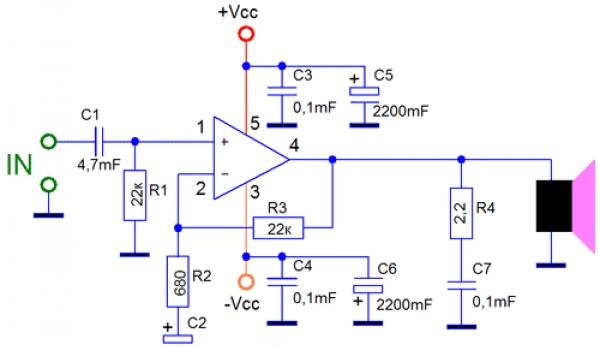
It will be required for assembly
- Chip TDA2030A.
- Capacitors 0.1 microfarads - 3 pieces.
- Capacitors 2200 μF 25 V - 2 pieces.
- 2.2 ohm resistor.
- Resistors 22 kOhm - 2 pieces.
- 680ohm resistor.
- Capacitor 22 uF 25 V.
- 4.7 microfarad capacitor film.
- Case, switch, wires, radiator, connectors for tulips.
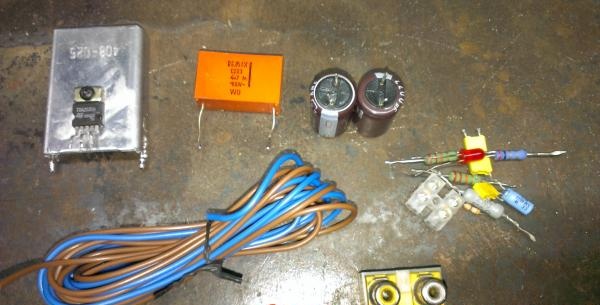
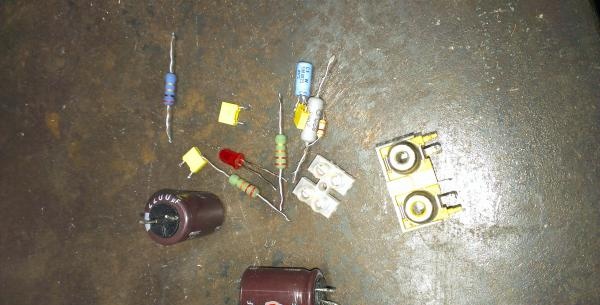
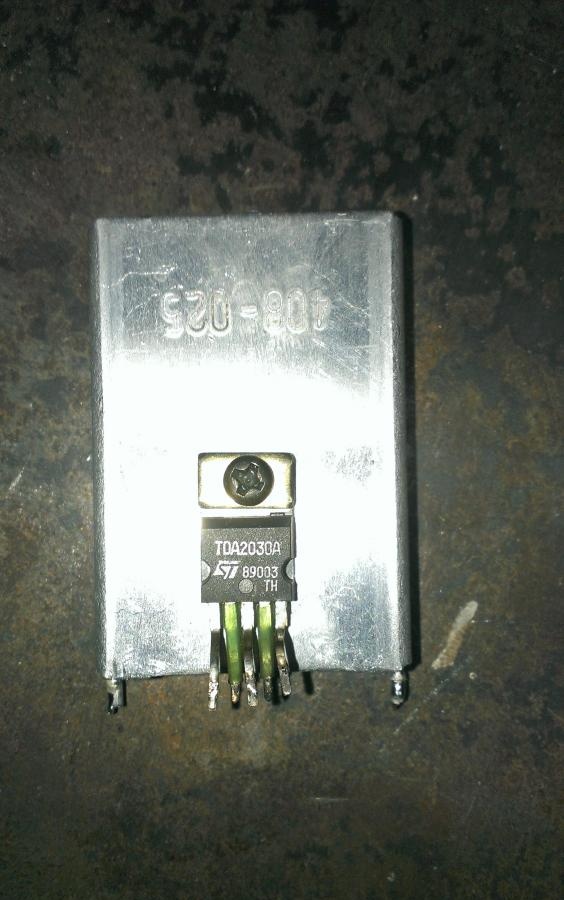
Build a simple amplifier on the TDA2030
My goal was to create an amplifier without spending a lot of money on it. All the details except the case I found in various old boards, which are not naturally needed.
To assemble an amplifier on the TDA2030, you can use various methods and solutions, in this case I will use a hinged installation. Since many pins are connected to ground, I recommend making a branching wire.
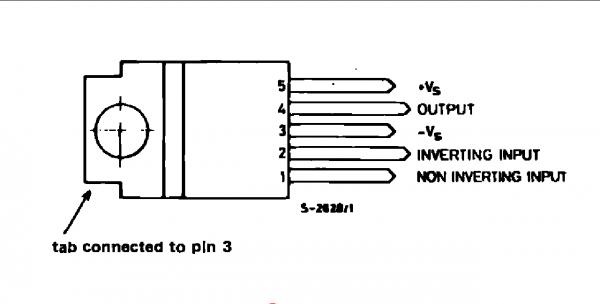
Next, proceed to soldering the joints.
The countdown of the conclusions of the chip is from left to right, with the marking and conclusions aimed at you.
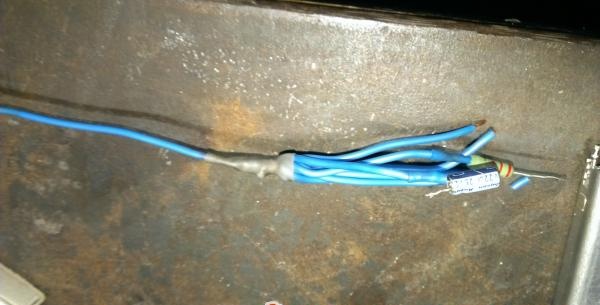
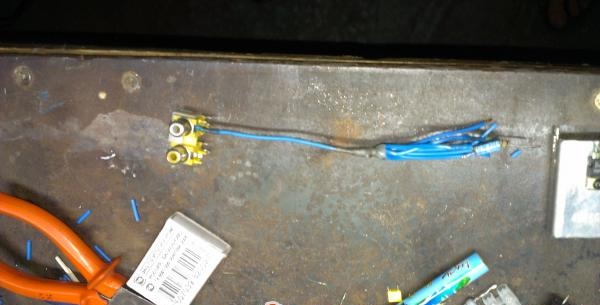
After you have assembled the circuit - check it. We’ll connect the speaker and check the amplifier at a low volume.
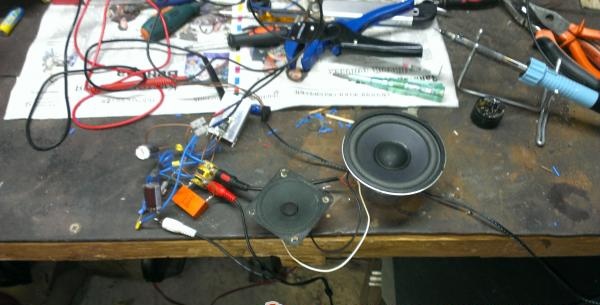
If everything works, proceed to the next step.
I had a finished building. It is better to bring the radiator out to better cool its surface. Otherwise, overheating may occur in the housing.
Attach the radiator, connectors, remove the power wires, set the on - power switch.
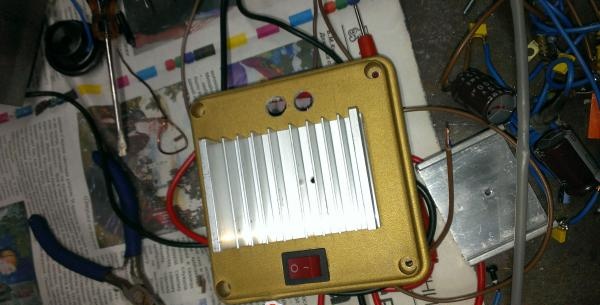
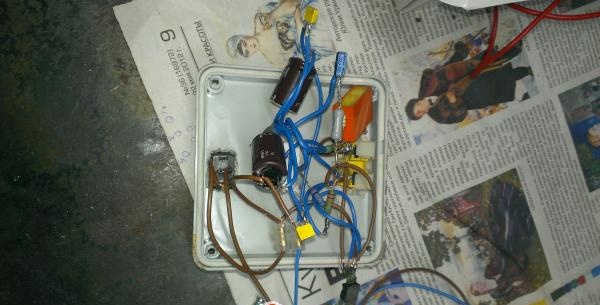
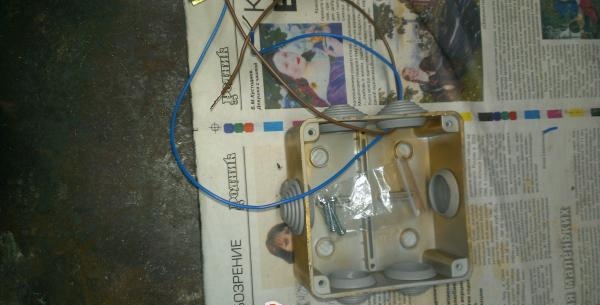
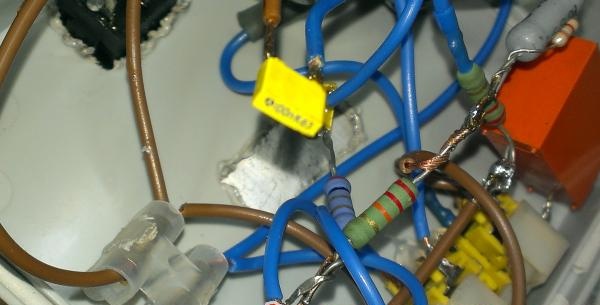
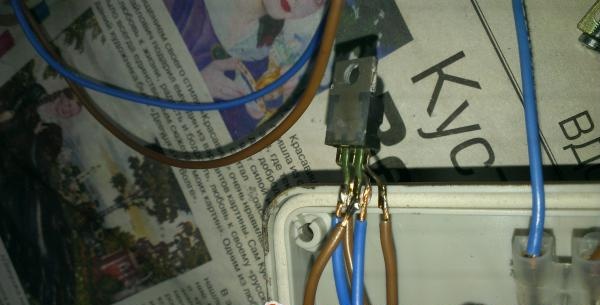
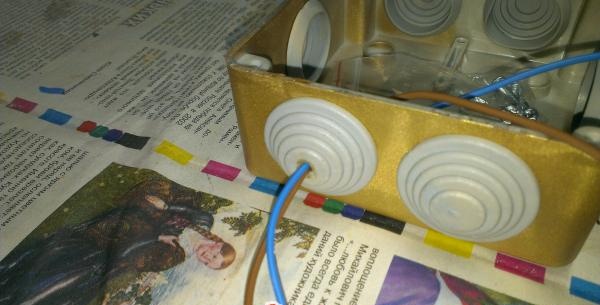
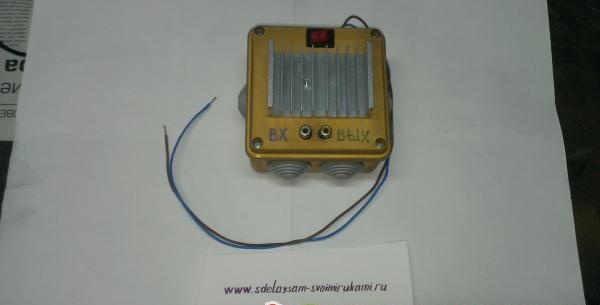
The amplifier has the following characteristics:
- Supply voltage - from ± 4.5 to ± 25 V.
- Output power - 18 watts.
- The nominal frequency range is 20-80.000 Hz.
Almost all such microcircuits are very hot and therefore will not work for a long time without a radiator.
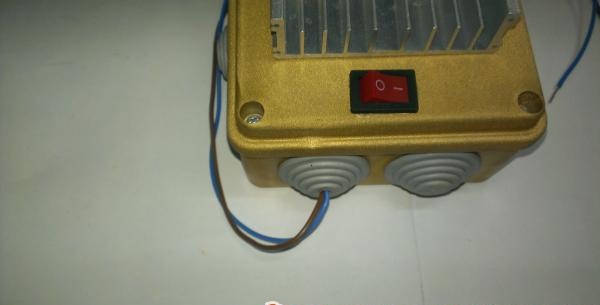

Final view:
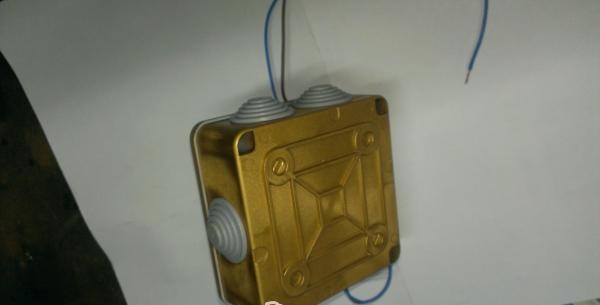
This is a truly incredible simplicity scheme, which even beginner hams can afford. With all this, it has decent characteristics for its minimum size.
Assemble your amplifier and you will be happy friends.
